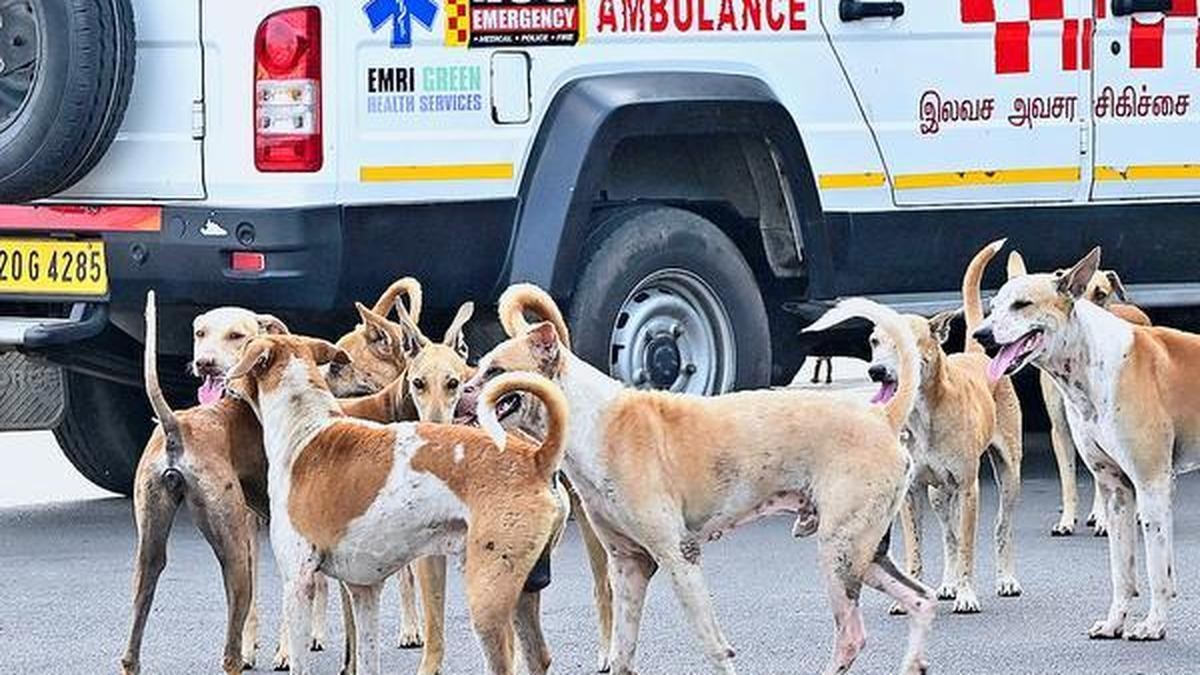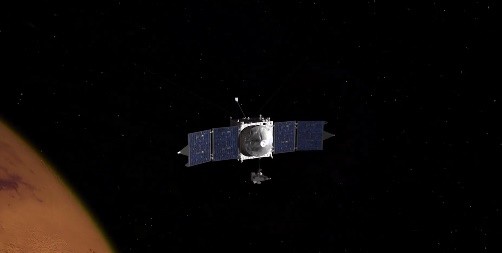



The DHRUVA policy, built on DIGIPIN, introduces Address-as-a-Service, offering precise, geo-coded digital addresses. It enhances governance, e-commerce, and emergency services with user-friendly, multilingual platforms. Integrated with Aadhaar and aligned with the National Geospatial Policy 2022, DHRUVA ensures privacy and interoperability, positioning India as a geospatial technology leader.

Copyright infringement not intended
Picture Courtesy: DEVDISCOURSE
India launches DHRUVA to redefine digital addressing through geolocation and smart data infrastructure.
The Department of Posts launches DHRUVA—Digital Hub for Reference and Unique Virtual Address—to transform address management in India.
DHRUVA builds on the Digital Postal Index Number (DIGIPIN), a robust, geo-coded addressing system introduced as part of India’s National Addressing Grid. It aims to make governance, e-commerce, and emergency services faster and more efficient.
India’s traditional addressing system, including the six-digit PIN code introduced in 1972, works well for postal services but struggles with modern needs. E-commerce, food delivery, emergency response, and government schemes require exact locations. The DHRUVA policy addresses these gaps by:
DHRUVA introduces Address-as-a-Service (AaaS), a system where addresses are managed digitally, shared securely, and updated easily.
Geo-Coded Precision => DIGIPIN, the backbone of DHRUVA, assigns a 10-character alphanumeric code (e.g., 4J7P2K9W3X) to every location based on its latitude and longitude. Unlike traditional PIN codes that cover large areas, DIGIPIN pinpoints individual homes or businesses. It’s especially helpful in rural areas, slums, or hilly regions where addresses are unclear.
User-Friendly Digital Addresses => User can create a simple digital address, linked to DIGIPIN. It works like a UPI ID, making it easy to share addresses with a single click. It provides control over who sees it, and ensures privacy.
Interoperability and Standardization => DHRUVA ensures all address systems—used by banks, e-commerce, or government—work together. It standardizes formats so everyone uses the same accurate data.
Mobile-First and Multilingual => The platform supports multiple languages and works on mobile devices, making it accessible to everyone, from urban techies to rural farmers. It also integrates with Aadhaar for seamless verification.
The Department of Posts leads DHRUVA, working with experts like IIT Hyderabad and ISRO’s National Remote Sensing Centre (NRSC). It aligns with the National Geospatial Policy 2022, which pushes for advanced location-based governance.
The system uses a grid-based structure, dividing India into 16 regions, each split into smaller units for precise mapping. DIGIPIN codes are scalable and work offline or online, integrating with existing geographic information systems (GIS).
The government also plans to pass a new law in the 2025 winter session of Parliament to create an authority to oversee this digital address system. This ensures long-term governance and accountability.
Must Read Articles:
Geospatial Technology and Disaster Management
National Addressing Grid 'DIGIPIN' | GPS System
Source:
|
PRACTICE QUESTION Q. With reference to the DHRUVA policy, consider the following statements:
Which of the above statements is/are correct? A) 1 only B) 2 only C) Both 1 and 2 D) Neither 1 nor 2 Answer: C Explanation: Statement 1 is correct: The DHRUVA (Digital Hub for Reference and Unique Virtual Address) policy, launched by the Department of Posts, is a framework for a nationwide Digital Address Digital Public Infrastructure (DPI). It aims to standardize geo-coded addresses across India, serving as a backbone for various services like governance, emergency services, e-commerce, logistics, and financial inclusion. This makes it a part of India's National Addressing Grid. Statement 2 is correct: The DHRUVA initiative builds upon the foundation laid by the earlier DIGIPIN (Digital Postal Index Number) system. DIGIPIN is an existing open-source nationwide geo-coded addressing system developed by the Department of Posts in collaboration with IIT Hyderabad and NRSC, ISRO. It divides India into approximately 4m x 4m grids, assigning each a unique 10-character alphanumeric code based on latitude and longitude. DHRUVA enhances this by creating a standardized, interoperable, and consent-based digital address system. |









© 2026 iasgyan. All right reserved